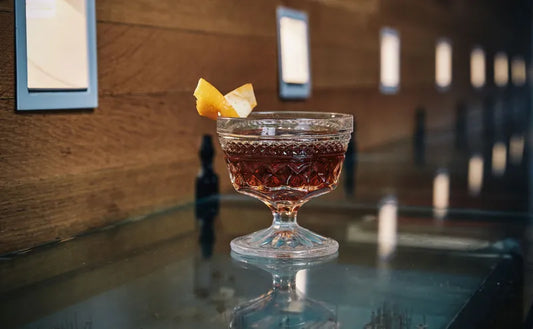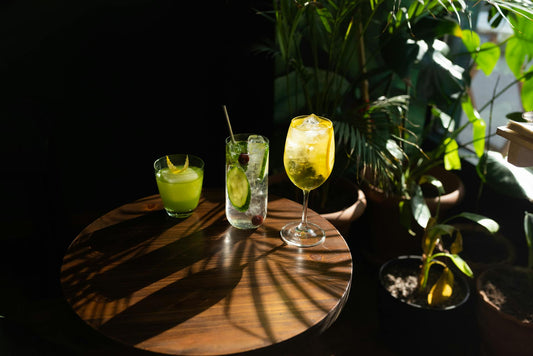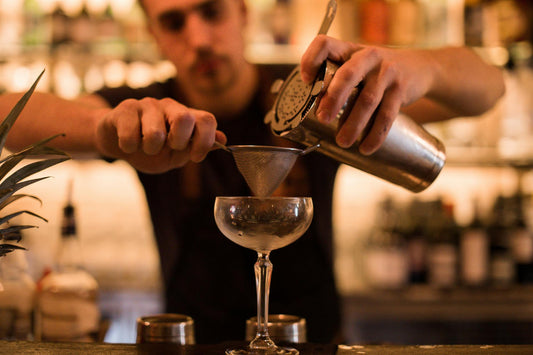Amaro Mule: A Refreshing Non-Alcoholic Cocktail Experience
SWEET to SOUR
(1-10)
STRENGTH
(1-10)
CALORIES
STANDARD
DRINKS
Note: these values are approximate and may vary dependent on the ingredients and brands you use.
More information...
The Amaro Mule (Non-alcoholic) is a delightful twist on the classic mule cocktail, offering a refreshing and complex flavor profile without the alcohol. This drink is perfect for those who want to enjoy a sophisticated beverage while remaining sober, making it an excellent choice for designated drivers, those abstaining from alcohol, or anyone simply looking to enjoy a flavorful drink without the effects of alcohol.
At the heart of the Amaro Mule is Lucano Amaro Zero°, a non-alcoholic amaro that captures the essence of traditional Italian herbal liqueurs. This ingredient provides a rich, aromatic base that is both bitter and sweet, showcasing a blend of herbs and spices that are characteristic of amaros. The use of freshly squeezed lemon juice adds a bright acidity that balances the sweetness of the drink, while the rich sugar syrup enhances the overall flavor, creating a harmonious blend that is both refreshing and satisfying.
The addition of Thomas Henry Ginger Beer introduces a spicy kick that is synonymous with the mule family of cocktails. Ginger beer is known for its robust flavor and effervescence, which not only adds a fizzy texture but also complements the herbal notes of the amaro beautifully. The combination of these ingredients results in a drink that is layered with flavors, from the herbal complexity of the amaro to the zesty brightness of the lemon and the spicy warmth of the ginger.
To prepare the Amaro Mule, one begins by selecting a double old-fashioned glass and pre-chilling it to ensure the drink remains refreshingly cold. The preparation is straightforward: all ingredients are poured into the chilled glass and given a brief stir to mix. The glass is then filled with crushed ice, which not only keeps the drink cold but also adds a delightful texture. A twist of lemon zest is expressed over the drink, releasing its essential oils and enhancing the aromatic experience. This twist is then used as a garnish, adding a touch of elegance to the presentation.
With a sweetness to sour ratio of 7/10, the Amaro Mule strikes a balance that appeals to a wide range of palates. It is sweet enough to be enjoyable without being cloying, and the slight sourness from the lemon juice provides a refreshing contrast. The drink contains approximately 130 calories, making it a relatively light option for those watching their caloric intake. Importantly, it contains 0% alcohol by volume, making it a safe choice for anyone looking to avoid alcohol altogether.
The Amaro Mule is not just a drink; it’s an experience. It invites you to savor the moment, whether you’re enjoying it at a lively gathering or a quiet evening at home. The vibrant flavors and the ritual of preparation make it a standout choice among non-alcoholic beverages. As the trend of mindful drinking continues to grow, the Amaro Mule serves as a perfect example of how non-alcoholic options can be just as exciting and flavorful as their alcoholic counterparts. So, whether you’re toasting to a special occasion or simply enjoying a refreshing drink on a warm day, the Amaro Mule is sure to impress.



